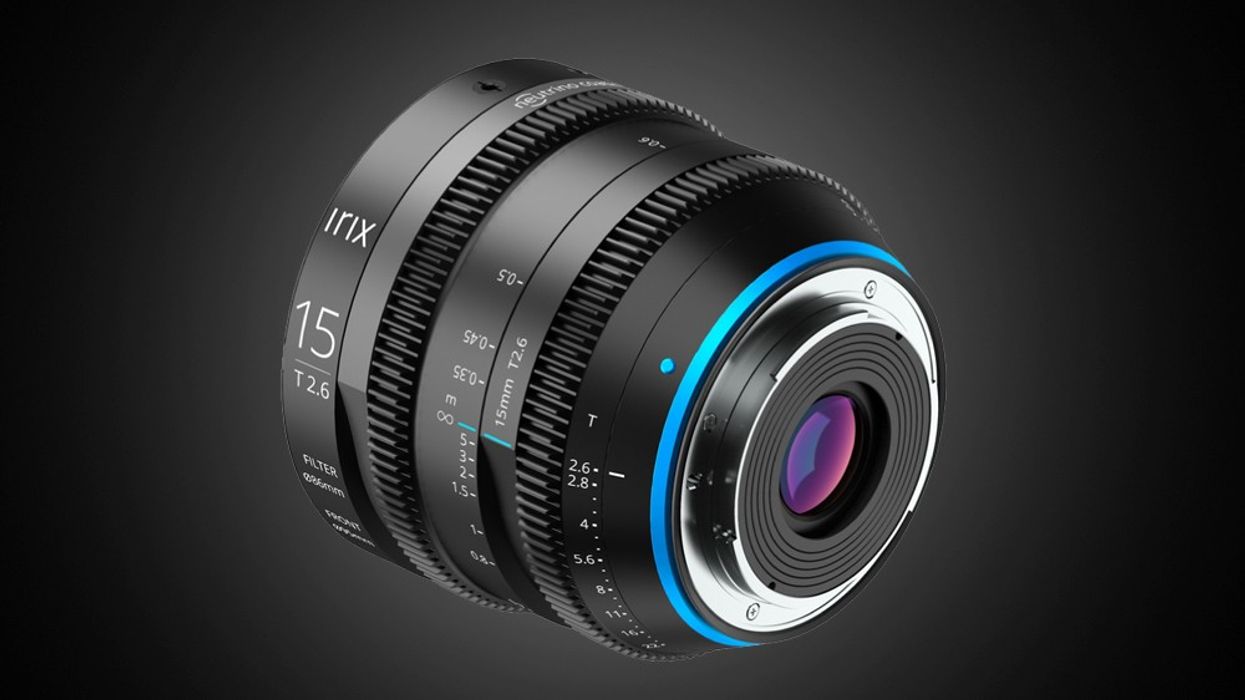This New Affordable Wide Angle Lens has 8K Full-Frame Covered
Irix's New 15mm T2.6 Cine Lens Has Full-Frame 8K Covered.

Irix has introduced a 15mm T2.6 to its cine lens lineup which now includes a 11mm T4.3, 45mm T1.5, and a 150mm T3.0. The lenses are 8K UHD ready and are capable of covering the ARRI Alexa, RED Helium 8K S35, Panasonic LUMIX DC-S1H, Sony VENICE, and other sensors up to a 43.3mm image circle. The lenses are quite affordable too.
Key Features
- 8K UHD Resolution
- 15mm T2.6
- 43.3mm Image Circle
- 95mm Front Diameter
- 86mm Front Filter Thread
The lens has standard 0.8M gears and a 95mm front diameter, which is consistent across all four lenses. The gear positions on each lens are the same making it easier to change out matte boxes or accessories. Each focal length also has an adaptive ring that can be adjusted to position the follow focus system to your exact requirements. The front element of the lens is equipped with a magnetic mounting system to easily take on and off filters.
Irix cine lenses are a great alternative for those looking to invest in inexpensive glass, costing around $1,200 per focal length. Comparing that to Sigma FF High Speed Primes which can go for $3,500 or more. The company reminds me of Veydra, who offered MFT cine lenses at an attractive price or Laowa who is shaking things up it's own unique focal lengths. The one drawback to Irix glass is the inconsistent aperture across the series. The faster the aperture, generally the larger the lens. So when it comes to wider and longer focal lengths, higher T-stops are understandable. But for those heavy lifting focal lengths, 20mm - 85mm, a consistent aperture is ideal as it makes on set workflow a little easier.
But what do you think? Have you used Irix lenses on a project before? Let us know what you think of them in the comments below.


















